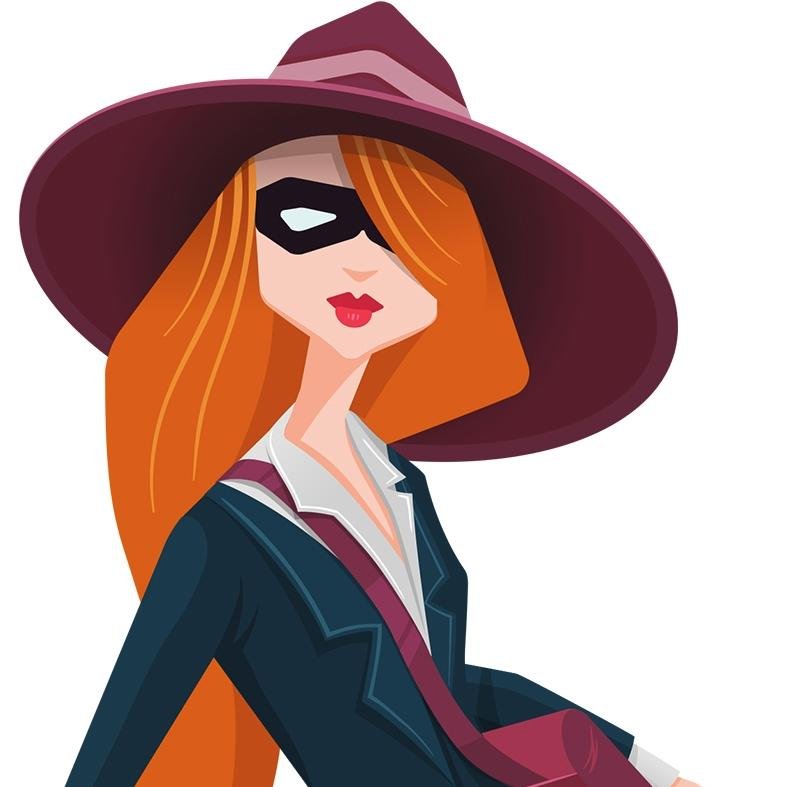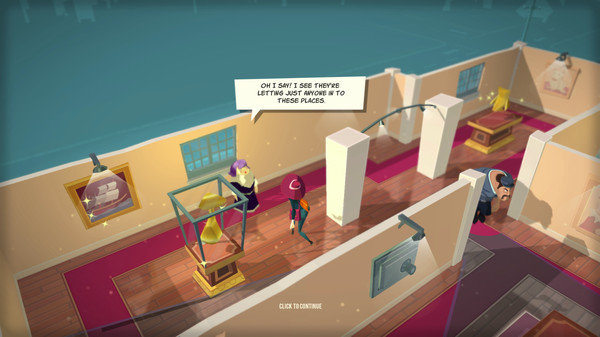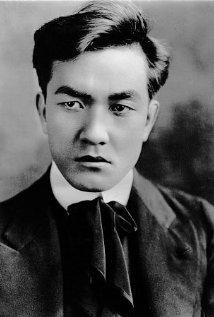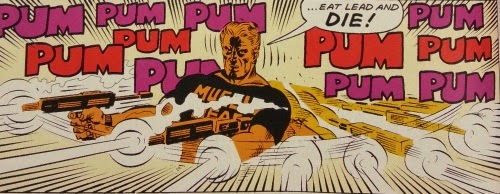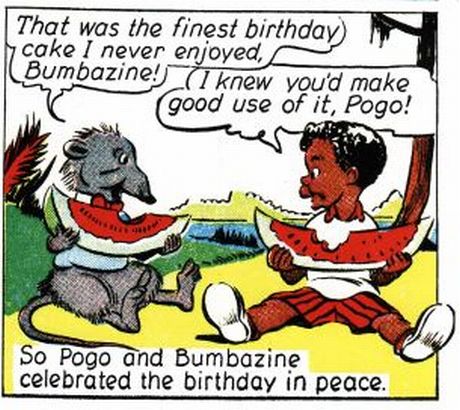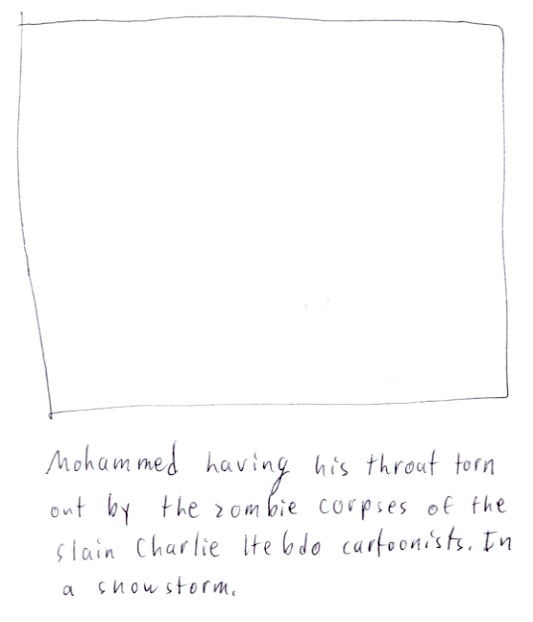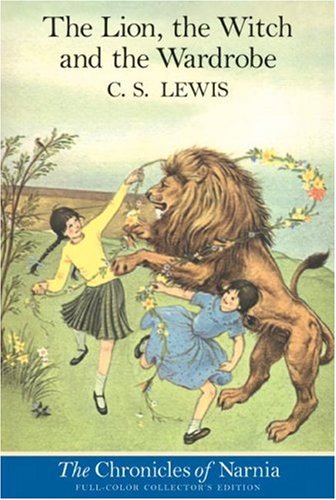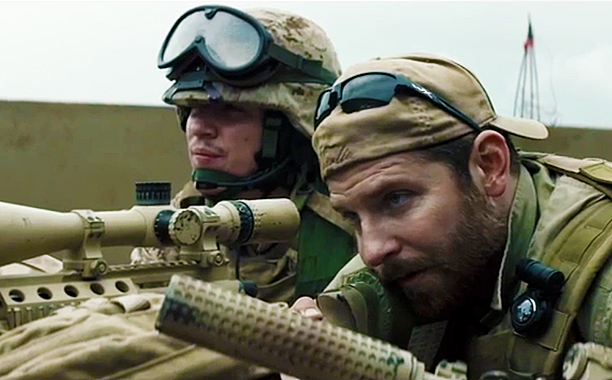
Since the release of American Sniper, people I haven’t heard from in years have taken the time to text me and tell me I really needed to see this movie. They said: “you owe it to yourself to see this movie.” “I don’t really want to,” I responded. “Why don’t you want to?” they asked me archly, as if my refusal to see the movie hinted at some deeply-seated and conveniently unexamined perversion. “Well,” I said, “I guess I didn’t much like Chris Kyle’s book and his general attitudes about the Iraqi people.” “Watch the movie,” they said with all wisdom that comes with seeing a movie that someone else hasn’t, especially one of political and patriotic import: “It really makes you think.”
Maybe I was being unfair, I thought. Maybe I did it owe to someone – whom, I’m still not quite sure – to pay ten dollars and watch this story that had roused a nation from its intellectual lethargy and inspired old friends to start thinking about my movie-going patterns.
To my surprise, I did not hate the movie. I nodded off two or three times, wondering how old Clint Eastwood was exactly and whether or not he and Scorsese had reached some kind of artistic dementia unique to directors, but I did not hate the film, or even actively dislike it. If I saw it on Lifetime one afternoon, I would change the channel, but not out of spite, simply because it does not seem different than any other Lifetime special. Far from being authentic and gritty, the sentimentality in the film is perhaps only exceeded by that of Linklater’s Boyhood, its competition at this year’s Academy Awards. Both are drearily episodic American bildungsromans that manipulate the idea of authenticity to play on the audience’s mawkish assumptions and aspirations about history and art. Further, and not coincidentally, both are predictable and safe, working hard to ask uninteresting questions about once interesting subjects.
This boredom genuinely surprised me. I read countless reviews of American Sniper before seeing the movie. Almost unanimously, they took time to point out its essential authenticity, its suspense, the immersive immediacy of the action and the audience’s consequent titillation. Even those who hated it passionately did so with a fervor that suggested the movie annoyed them due to its undeniable cinematic excellence, whatever its ideological failings. For this reason, I had ceded its basic entertainment value going in. But I shouldn’t have. Despite all the violence – or, rather, precisely because of all the formulaic and orchestrated violence – the movie is boring and the movie is boring because everything in it from the love story, to the jokes, to the war story is pure unadulterated kitsch.
How best to describe kitsch? Milan Kundera, a man who endured a regime that used this aesthetic to propagate its peculiar sentimental balderdash, puts it this way in The Unbearable Lightness of Being:
“Kitsch causes two tears to flow in quick succession. The first tear says: How nice to see children running on the grass! The second tear says: How nice to be moved, together with all mankind, by children running on the grass!”
At its most fundamental level, kitsch is a poorly constructed or mass produced object or work of art that elicits a predictable and abstracted emotional response, something like a Pavlovian bell that releases saccharine into the viewer’s gut while shutting down the brain. Yet, contrary to popular belief, kitsch does not only apply to the warm and fuzzy feeling we get when children run in the grass and play with dogs; it also applies to the warm fuzzy feeling when we watch children being gunned down by morally conflicted patriots. The first tear says: how nice it is to see this perfectly decent man wrestle with what it takes to protect his friends and countrymen. The second tear says: how nice it is to be moved, together with all mankind, by watching a perfectly decent man do whatever it takes to protect his friends and countrymen.
Never one for subtlety, Eastwood wants tears, lots of them. I feel Eastwood took bits and pieces of every American war movie since Audie Murphy’s To Hell and Back, chose the most hackneyed moments and then tried to make them even more generic, sappy and palatable. Starting with, of course, a lovable loser looking for purpose in life, the movie proceeds to a training scene where people of different race and class backgrounds come together in harmony, the courting of a supposedly cynical girl just out of a break up (which of course turns out to be a girl in need of a real man), the initial battle enthusiasm (Yay! War! We’re going to win!), an evil super-enemy to provide some complexity to the countless legions of brown bullet fodder and a triumph somewhat (but not truly) diminished because of dead friends (whose names we forgot the moment we heard them).
If American Sniper wasn’t based on real events, we would likely laugh it off as a poor man’s Full Metal Jacket. Yet our uniquely modern kitsch privileges authenticity to such a degree that it mistakes authenticity for art; worse, it excuses bad art through the lie of authenticity. Our superficially ironic modern audience knows to feel warm and fuzzy about a girl running through a field (or a heroic marine-saving SEAL) is a little old fashioned and silly. But if the event really happened, the audience can feel warm and fuzzy (or angry and titillated) without any guilt for the obviously contrived sappiness. This child really does run through the grass just like my child so my feelings of joy and warmth at watching this child run through the grass are real and true and profound. This man really did kill 160 people and save soldiers and help veterans so my complete emotional investment and sense of solidarity with my fellow movie watchers is not only justified but an act of political courage. Right?
Not quite. Eastwood’s Kyle is nothing like the Kyle of the memoir – a person of infinitely more interest, an American gem, a fantastic and fascinating mass of contradiction, absurdities, and hypocrisy, worthy of much more than this movie gives him. Instead, this movie manipulates substandard genre tropes to produce an innocuous and utterly uninteresting character study, turning a once breathing man into a figment, an avatar of our lazy imaginations. All the characters beside Kyle are interchangeable – hard bodies and strong chins, except for the broken and mutilated men, with soft bodies and soft chins – which is impressive considering Kyle himself is but a shadow. The sentimentality in the film’s opening and final moments reaches near criminal proportions. The shootouts are loud and repetitive, the enemies cowardly, sadistic or – hold it – cowardly and sadistic. They and everyone else in the film are no more true to life than the targets Kyle practices on. It’s as if the fact that they existed gives the director the excuse to make them as uninteresting and stereotypical (or unreal) as possible.
I should say here that the problem of kitsch is not unique to war films, or films beloved by Red America. Boyhood, the Academy’s likely Best Picture winner, is nothing if not an egregious attempt to confuse an audience into accepting bad fiction as profound art through the sophistry of authenticity. It suffers from the same sense of confused profundity, and critics have fallen all over themselves to celebrate a movie that amounts to little more than a glorified reality TV show, replete with incredibly banal dialogue and moralistic tripe. We are supposed to celebrate this and shed tears because we lived it, but I’ll save my tears for a movie that give me more than pop-cultural touchstones, a face aging in real time and platitudinous white angst.
This is not to say there are not inspired moments in both movies. In American Sniper, most occur on Kyle’s return home. When he yells at the nurse to stop his baby from crying, I paid attention. There are times when his very obliviousness makes Kyle into a heroic sad sack, just way in over his head in a world that does not allow for heroes (Cooper is a superb actor). But, still, these were flashes, a few well-timed complexities in a movie of explosive sappiness. By the tenth gunfight and the slow build to the inevitable confrontation between the evil brown sniper and good white sniper, I looked around to see if anyone else was as bored as me. I wanted to ask someone if they realized the way in which every character seemed to be playing a part in a movie, and how nearly every one of them played it badly. But there were no takers. They all wanted to see what happened next.
Of course, these failures in themselves point to a reason to celebrate the movie, and Boyhood as well. Their unique kitsch corresponds perfectly with recent American history, which is essentially a series of moments where we let sentimentality drive our actions, all the while unaware of (or maybe just unconcerned with) how those in power manipulate our intellectual indolence to their perpetual advantage. The Iraq War was an absurd proposition from the start, whose disastrous prosecution and consequences should have been obvious to any country not driven nearly insane by saccharine nonsense fed to them in movies that informed American Sniper (Rambo, Saving Private Ryan and An Officer and a Gentlemen for example).
So while most of us do not live violent lives like Kyle, we do, like Kyle, live lives of violent sentimentalism. We do live in fogs like the characters in these movies – irresponsible, lost, and drunkenly emotional. But just because we live such lives, lives of exceptionally cartoonish renderings of reality, replete with stereotypes, racism and an absurdly simplistic and insidious sense of history, does not make an accurate recording of our human failure art; these movies are, in truth, only glorified documentaries, which serve their purpose and have their uses, but cease to do so as soon as they are considered sublime and magical, exciting and profound. At this point, they then become in many ways a gesture of collective despair, an implicit admission that we can no longer achieve anything but a fickle emotional bond in dark theaters, eyes rolling, tears dripping down our cheeks like Dollar Tree communicants.
But when it comes down to it, no one escapes kitsch. It is part of us – this substitute spirituality, a farcical aesthetic we live and breathe as pre-capitalist societies used to live and breathe God. But we can, as Milan Kundera, the author of the earlier quote, once argued, be at least open to the fact that we are indulging our maudlin fantasies. At least a movie like Nightcrawler has the courage to point out the obvious – to make us aware of what it is we do when it comes to violence and cinema – and to do so in an entertaining way. As for those who argue American Sniper is the only movie out there really tackling trauma: watch Babadook and tell me which of the two has something to say and which one just repeats what we want to believe in predictable and cowardly monotony
Towards the beginning of American Sniper, Kyle’s father tells him that there are three types of people in this world: wolves, sheep and sheepdogs. The sheepdogs, his father says, protect the sheep from the wolves. Kyle is supposed to be a sheepdog, protecting us. Maybe he was. Neither a Navy SEAL nor a think-tank fellow, I can’t really speak to the success of his guardianship. But I can say with some authority that it is the kitsch in movies like American Sniper and Boyhood that turn us into sheep, and no one will be happier to see the bleating masses fattened by this sentimental drivel than the wolves.
_______________
Michael Carson deployed to Iraq in 2006. He now writes criticism at the Wrath Bearing Tree. Follow him @WrathBT on Twitter.

